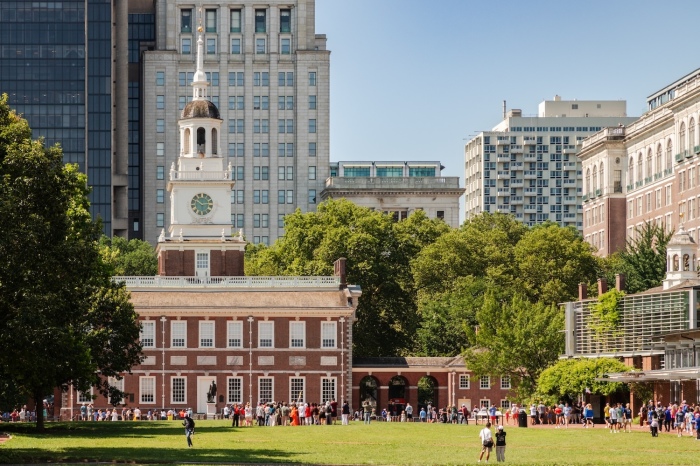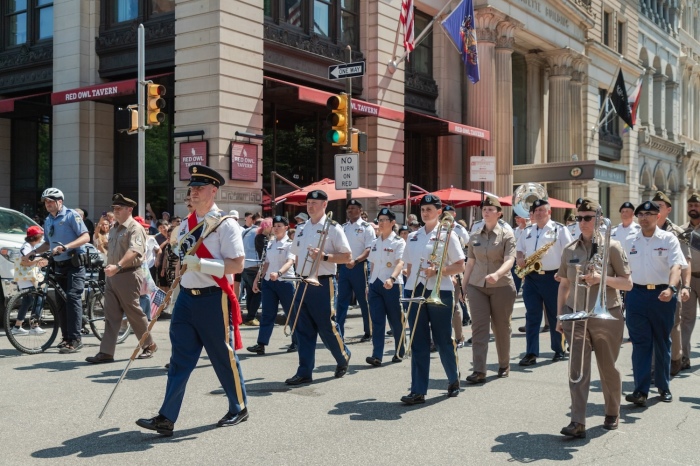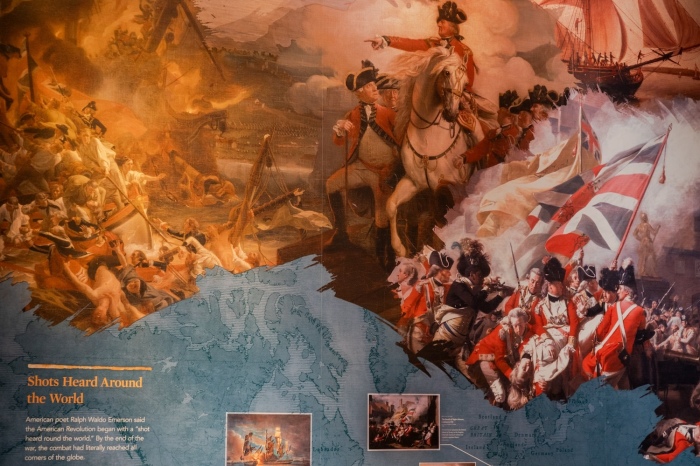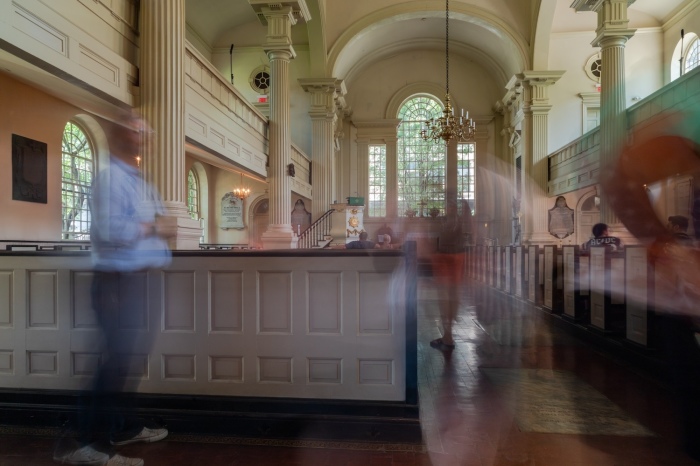
All eyes are on Philadelphia as the United States begins the yearlong countdown to her 250th birthday.
Historically speaking, the semiquincentennial encompasses both the American Revolution and the founding of the United States. The commemoration began earlier this year — though it arguably started with the 2023 anniversary of the Boston Tea Party — and will run for more than a decade, culminating in the 2037 and 2038 anniversaries of the Constitution and the election of George Washington as the country’s first president.
Most Americans, however, will associate America’s 250th with Philadelphia on Independence Day 2026. Though unfair to all the other places and events that played a role in the revolution and gradual creation of the nation, Philadelphia is unquestionably the birthplace of the U.S.
To get a sense of what the next year in the City of Brotherly Love will be like, I spent the Fourth of July there.

Founding Father and later President John Adams hoped future generations would commemorate American independence as a “great anniversary festival.” He surely would have been pleased with the concerts, parades, fireworks and neighborhood block parties that were put on. But it wasn’t, to quote Adams, the “pomp and parade” that impressed me the most.
Instead, it was the sheer weight of Philadelphia’s history. The whole city is hallowed ground for the American story.
Even with three full days I struggled to see, do and grasp everything, particularly more obscure chapters of history, including the Quakers under William Penn, the namesake of Pennsylvania, who emigrated from England in 1682 in search of religious tolerance and the 1785 founding of the Episcopal Church by Anglicans who obviously couldn’t continue as part of the Church of England.
For the semiquincentennial, the center of everything is Independence National Historical Park.

Though the park features numerous historic buildings surrounded by some hideous structures, the main draw is Independence Hall. Built to serve as Pennsylvania’s colonial-era capitol, this was the meeting place for the Continental Congress that declared independence.
While Independence Day is celebrated on July 4, the actual congressional vote for independence took place two days earlier: July 2, 1776. July 4 is only a holiday because that was the day the immortal words of Thomas Jefferson’s Declaration of Independence were agreed to. Later, the hall was used by the 1787 Constitutional Convention and then for 10 years as the capitol building until Washington replaced Philadelphia as the national capital.
A more recent addition is the Museum of the American Revolution, which opened in 2017.
It offers a comprehensive look at the revolutionary era with a well-presented story that brings life to what could be dusty old history, though at times it’s unnecessarily woke. The 90-minute guided walking tour, offered daily at 10 a.m., is highly recommended.

Last but certainly not least is Christ Church.
Built in the early 1700s to a design in keeping with the great London churches of Sir Christopher Wren, the handsome brick church is both a functioning Episcopal parish church and a historic site. Unfortunately, this means that visitors outside of regular worship services are charged an admission fee. Not only did many of the Founding Fathers sit in the pews, but the church hosted the 1785 convention that established the Episcopal Church.
If you go
The five-star Four Seasons is Philadelphia’s finest hotel. Hyatt’s Bellevue Hotel, built at the turn of the last century, is a hidden gem and one of the better big-chain hotels. On the other hand, Marriott’s options range from awful (the Marriott Old City) to average (the Ritz-Carlton). Next time I’ll try to get a room at the Union League. The members-only club, situated in a stately postbellum Second Empire building, features 82 rooms and suites that members or their guests can book.
I flew into Philadelphia International Airport and only occasionally used Uber or a local taxi to get around the city. Most of the time, I walked everywhere. If you’re driving to Philadelphia or open to renting a car for the day, take a side trip to Valley Forge and the church dedicated to Washington. Of course, there are countless other relevant historical sites and attractions within driving distance.
The Museum of Art and seemingly every other museum close most days at 5 p.m. That can make visiting difficult. Look for the silver communion set gifted to Christ Church by Queen Anne in 1708. Be sure to also see the incredible collection of medieval art and architectural elements from the era when the church was the great patron of the arts.
While admission to most of Independence National Historical Park, including the Liberty Bell, is free, a $1 fee is charged to reserve a time slot to visit Independence Hall itself. Reservations can be booked online. Do this early as there won’t be availability on popular days.
The National Constitution Center, which is set to open two new galleries in 2026, is also worth a visit.
Admission to several museums is included in the CityPass, which may make sense (or cents) for some visitors.
Dennis Lennox writes a travel column for The Christian Post.
Dennis Lennox writes about travel, politics and religious affairs. He has been published in the Financial Times, Independent, The Detroit News, Toronto Sun and other publications. Follow @dennislennox on Twitter.















